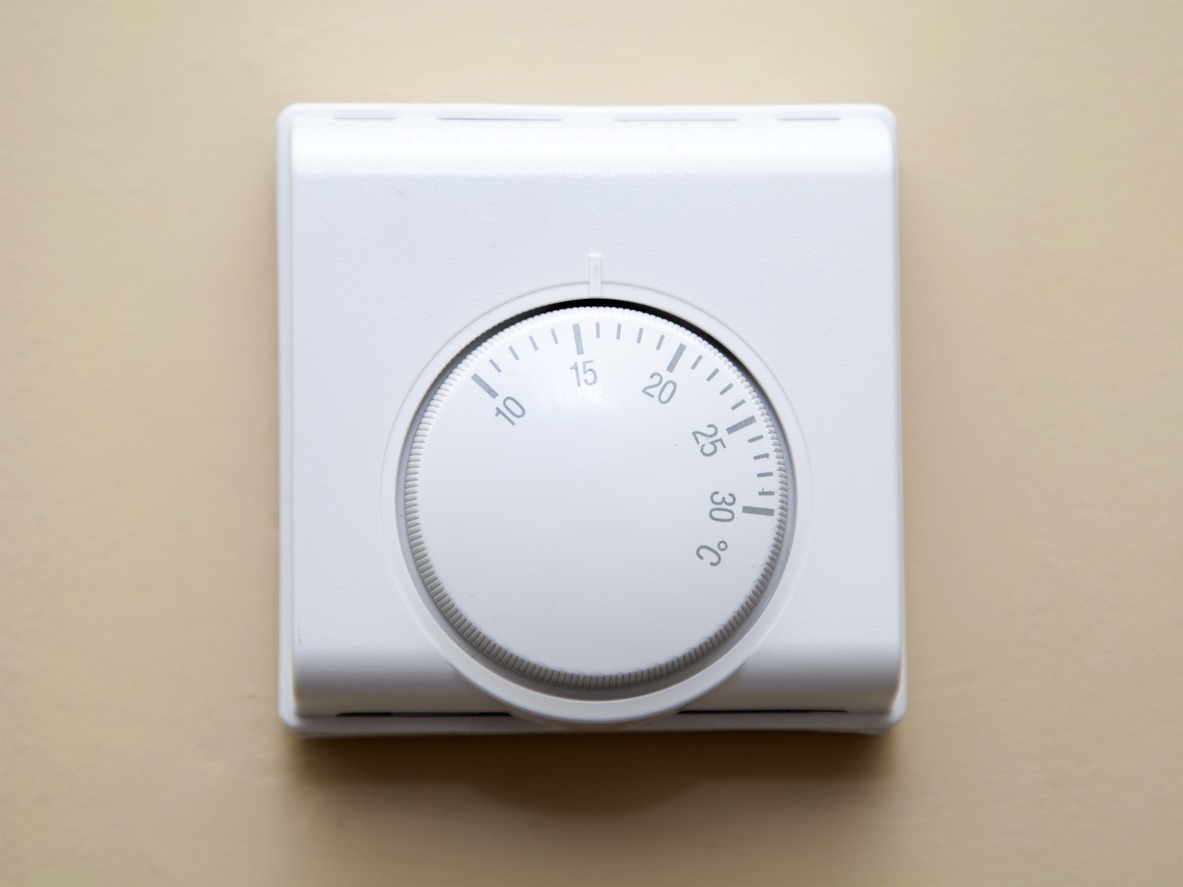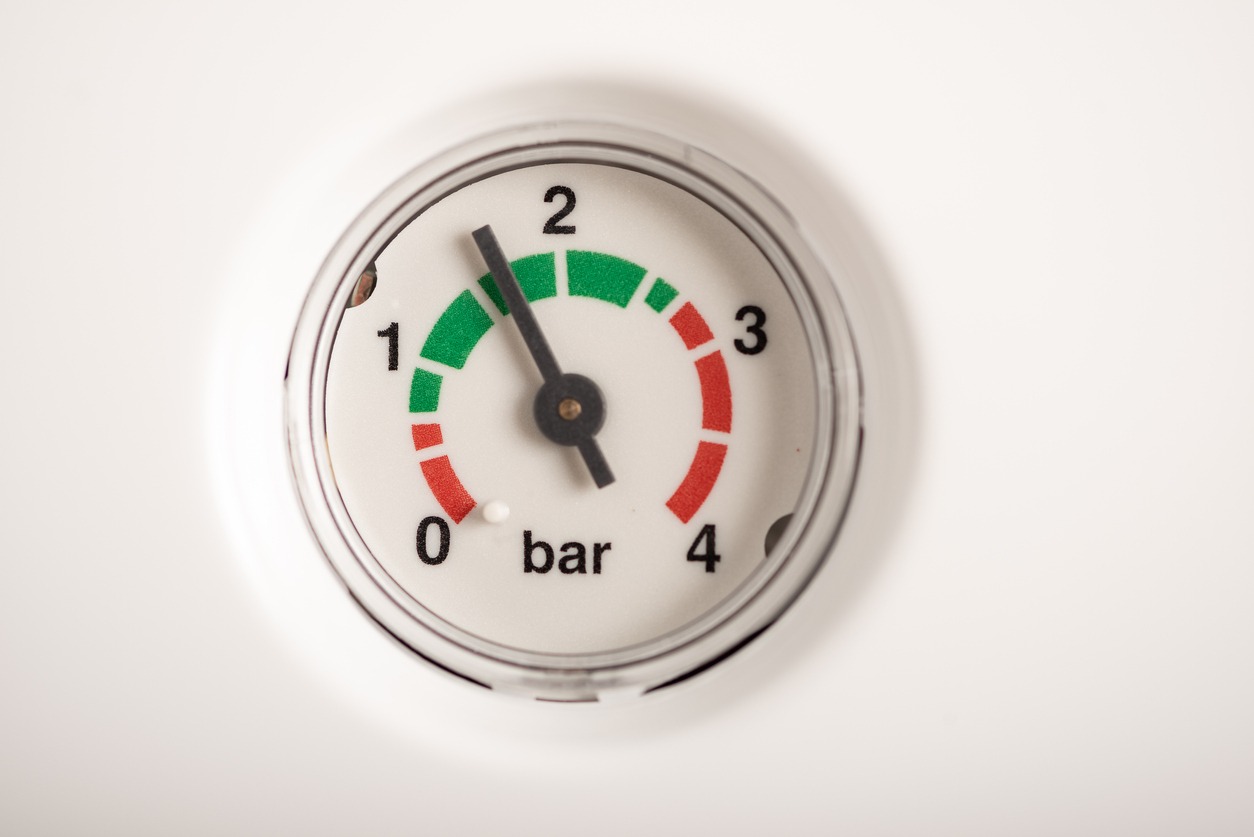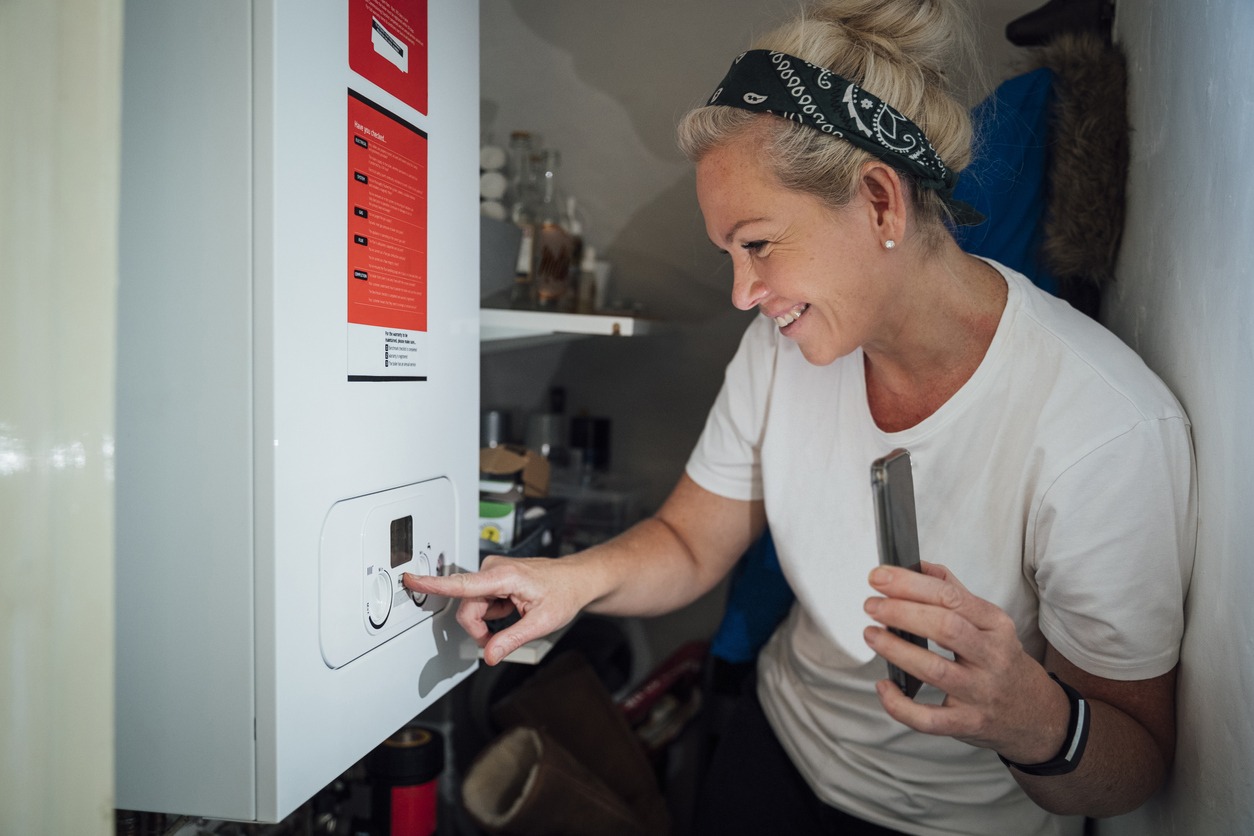Condensation commonly appears on windows in living rooms, bathrooms, kitchens and bedrooms, and happens in many households when the temperature drops inside the house, especially at night time when the heating is turned off. These droplets of moisture are formed when warm air inside our homes, hits a cold surface such as a wall or window, where it will then appear as condensation.
Condensation can cause problems in your home, including black mould which can damage possessions and even affect your health. Read our top tips on preventing condensation in your home, and what to do if you find mould.
Bathroom
During and after your bath or shower, keep your bathroom door shut. Always ensure the extractor fan is kept on.
Drying clothes
When the weather allows, dry your clothes outside. If that isn't possible, try to refrain from drying clothes on radiators as this will create water vapour. Where possible, dry clothes in the bathroom or kitchen with the door closed and the extractor fan on.
Kitchen
When washing clothes or cooking, keep the kitchen door shut. Use an extractor fan where fitted and keep the lids on pans when cooking.
Heating
Try to keep your home at a consistent temperature (at least 20 degrees in cold weather). Avoid using paraffin heaters or flueless bottled gas heaters as these produce a lot of moisture. We understand it can get costly to heat your home through winter, so take care to close windows at night but ensure you leave trickle vents open at all times. If you are struggling to cope financially and need assistance, please visit our help paying your bills page.
Air bricks/flues and air flow
Ensure that you do not block or cover air bricks, flues or air vents. Not only does this increase the likelihood of condensation, this could also be dangerous. Always ensure that furniture is not blocking air vents, and leave a gap between your furniture and walls of at least 75mm.
We've recently reviewed our damp and mould policy, procedure and principles with the help of our customers. You can find more information on this by visiting our damp and mould review page.








